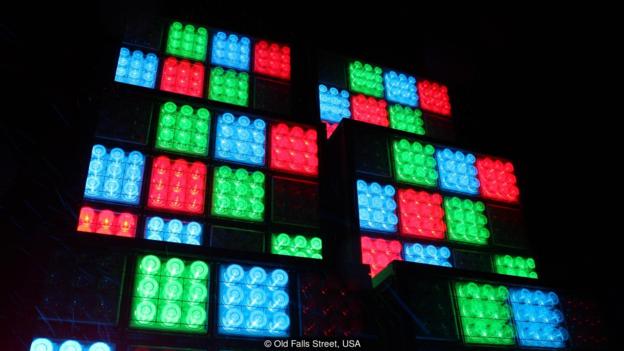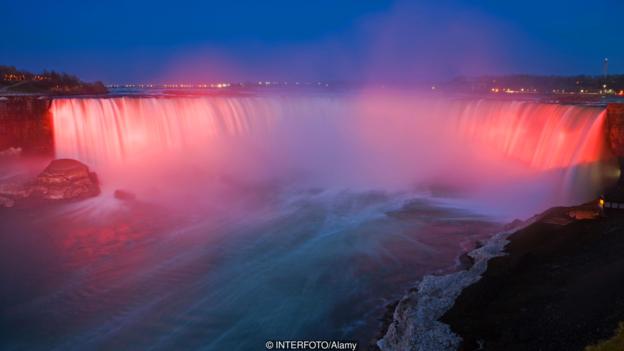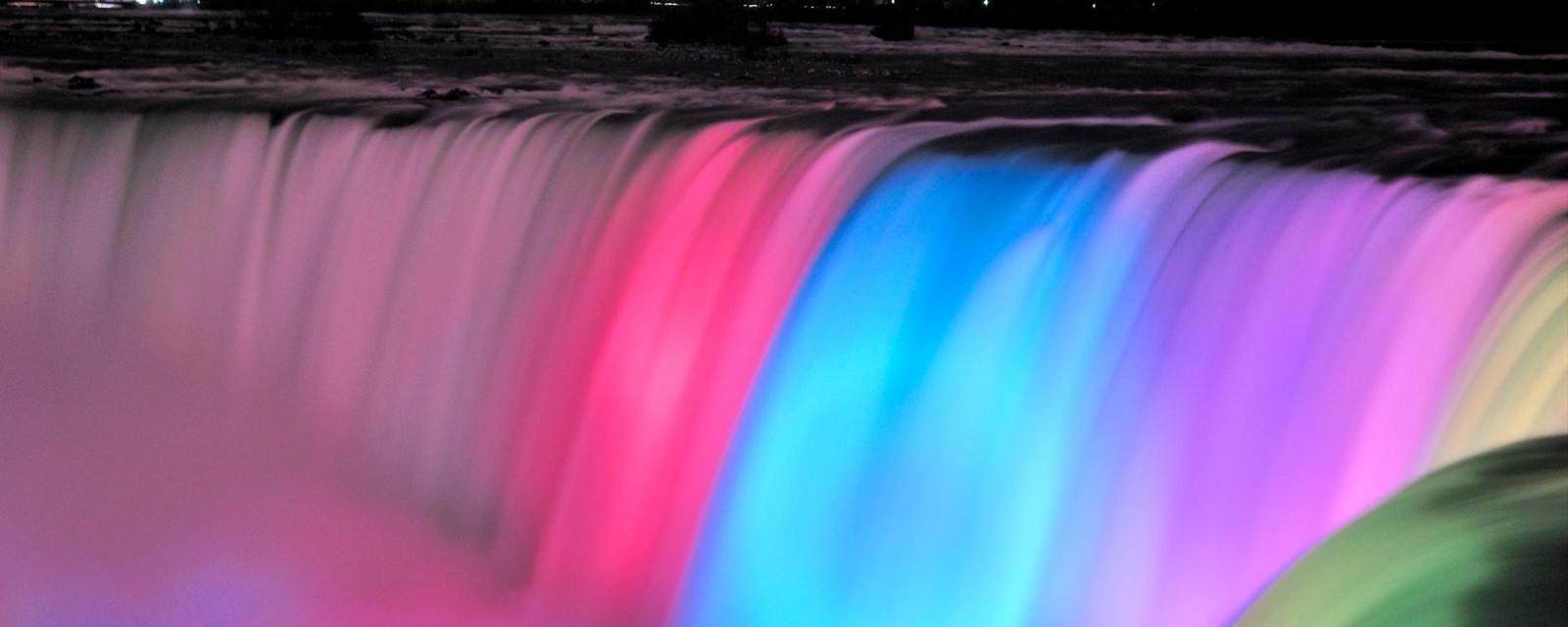Niagara Falls, the three majestic waterfalls that straddle the Canadian-United States border, can now be seen at night like never before.
Inspired by a 2015 visit from Nik Wallenda of Flying Wallenda family fame, who performed his high-wire act above the Falls, a new lighting system has replaced 21 halogen spotlights that were installed 20 years ago with 12,300 individual LED lights.
“Wallenda brought in all kinds of lights. We thought it would be wonderful for the Falls to look like that all the time,†said Mark Thomas, chair of the 91-year-old Niagara Falls Illumination Board, which oversees the financing and maintenance of the nightly lighting of the Horseshoe and American Falls.
Several hundred turned out on the cool, rainy night of 1 December to watch the unveiling of the lights, with the Falls bursting from the darkness into blues, oranges, pinks, reds and many other colours of the rainbow. A brilliant white light dramatically cut through the fog and mist, illuminating the Falls like the brightest of days. The evening festivities began with music and ended with fireworks.
“I think it’s amazing; it’s like the colours are flowing with water,†said Stephanie Herbert of Toronto.
The US and Canadian governments and tourism groups on both sides of the border funded the US$3 million project, hoping that the new attraction will draw both new and repeat visitors and extend the length of time they stay.
Not only is the show brighter and more colourful, but it consumes 60% less energy. The new system is also adjustable, allowing the light to be directed more precisely and improving uniformity of the lighting across the entire Falls. Red, green, blue and white luminaires can be mixed to create endless colour combinations from the LEDS, which have a lifespan of at least 25 years.
“It’s a different way of seeing the Falls,†Thomas said.
By Donna Jackel







